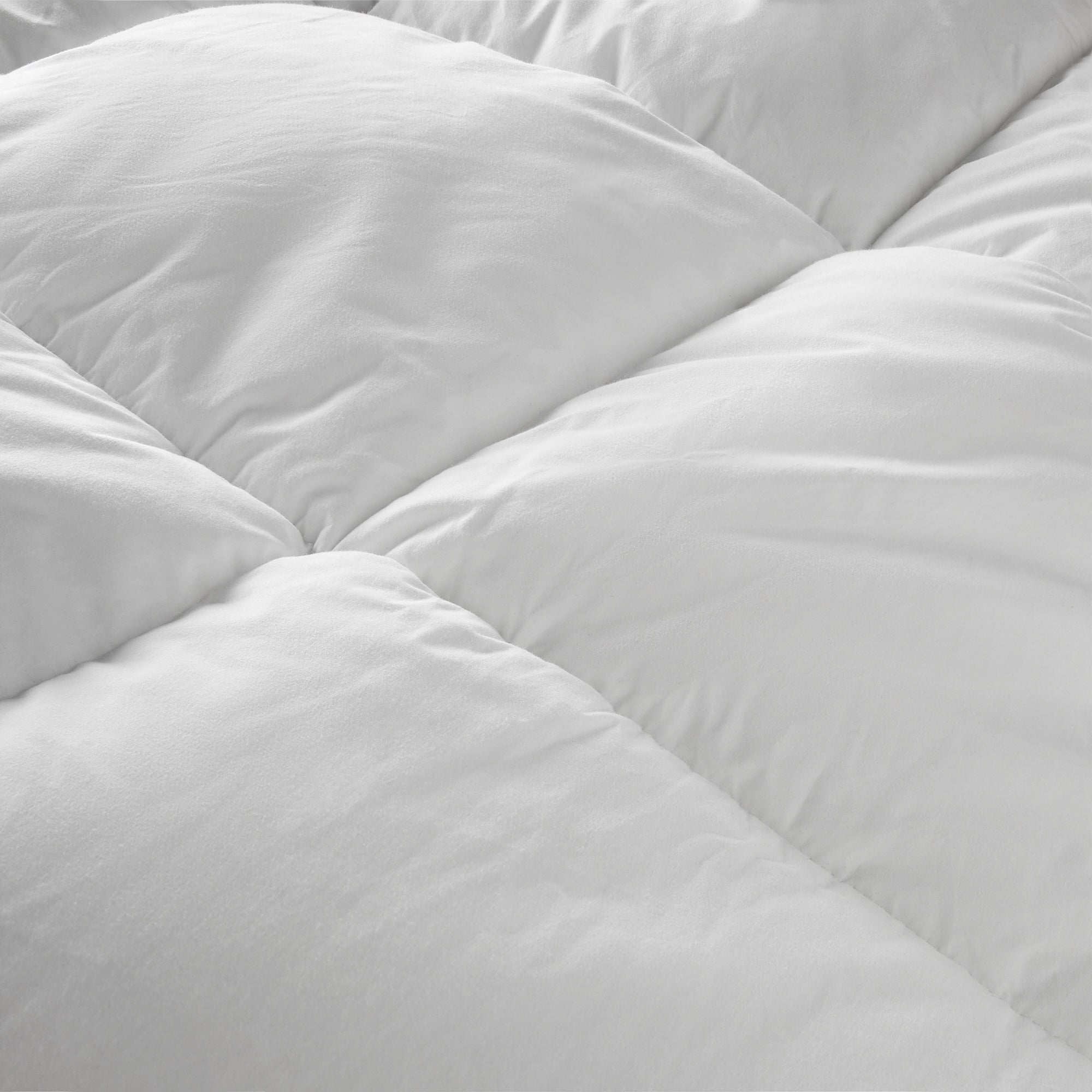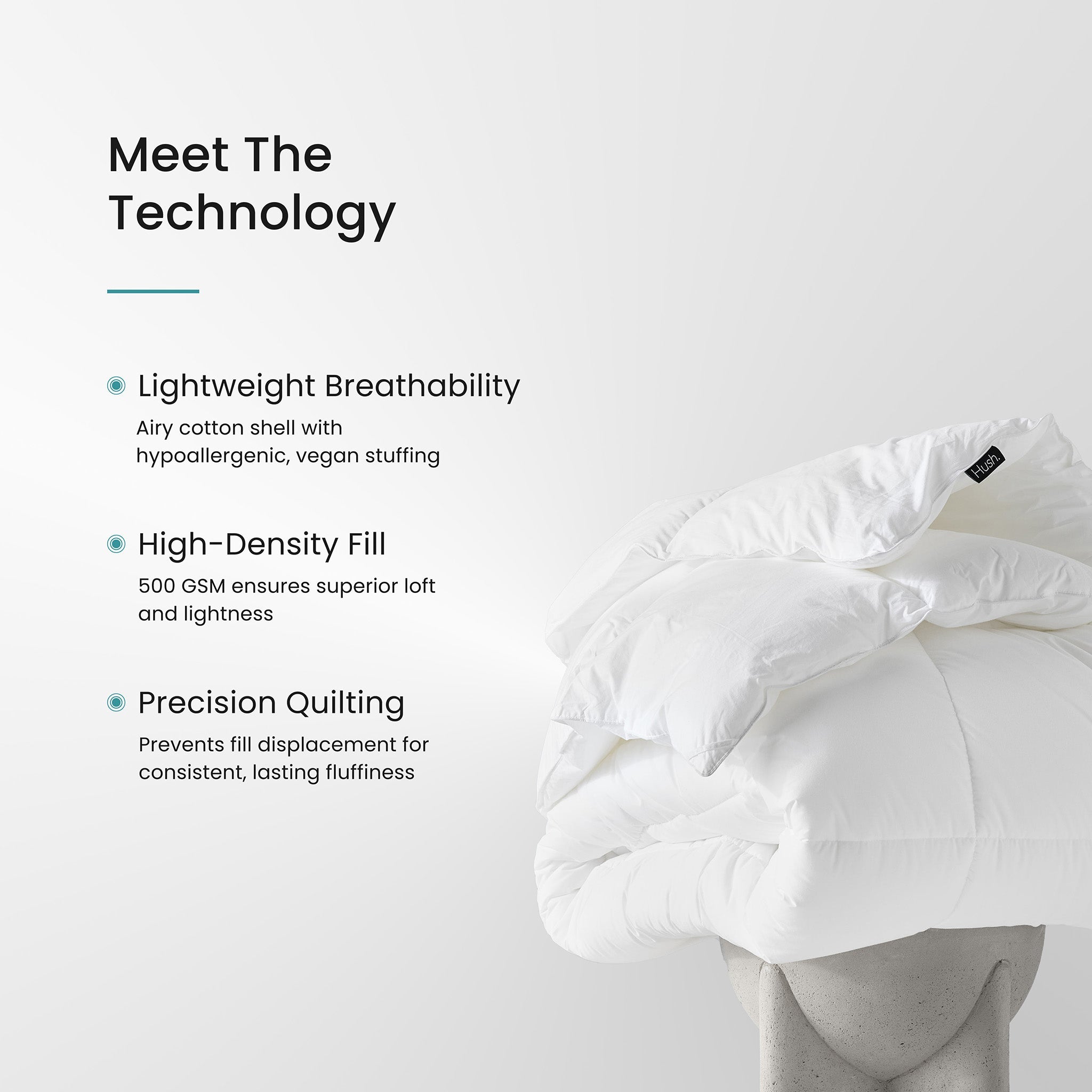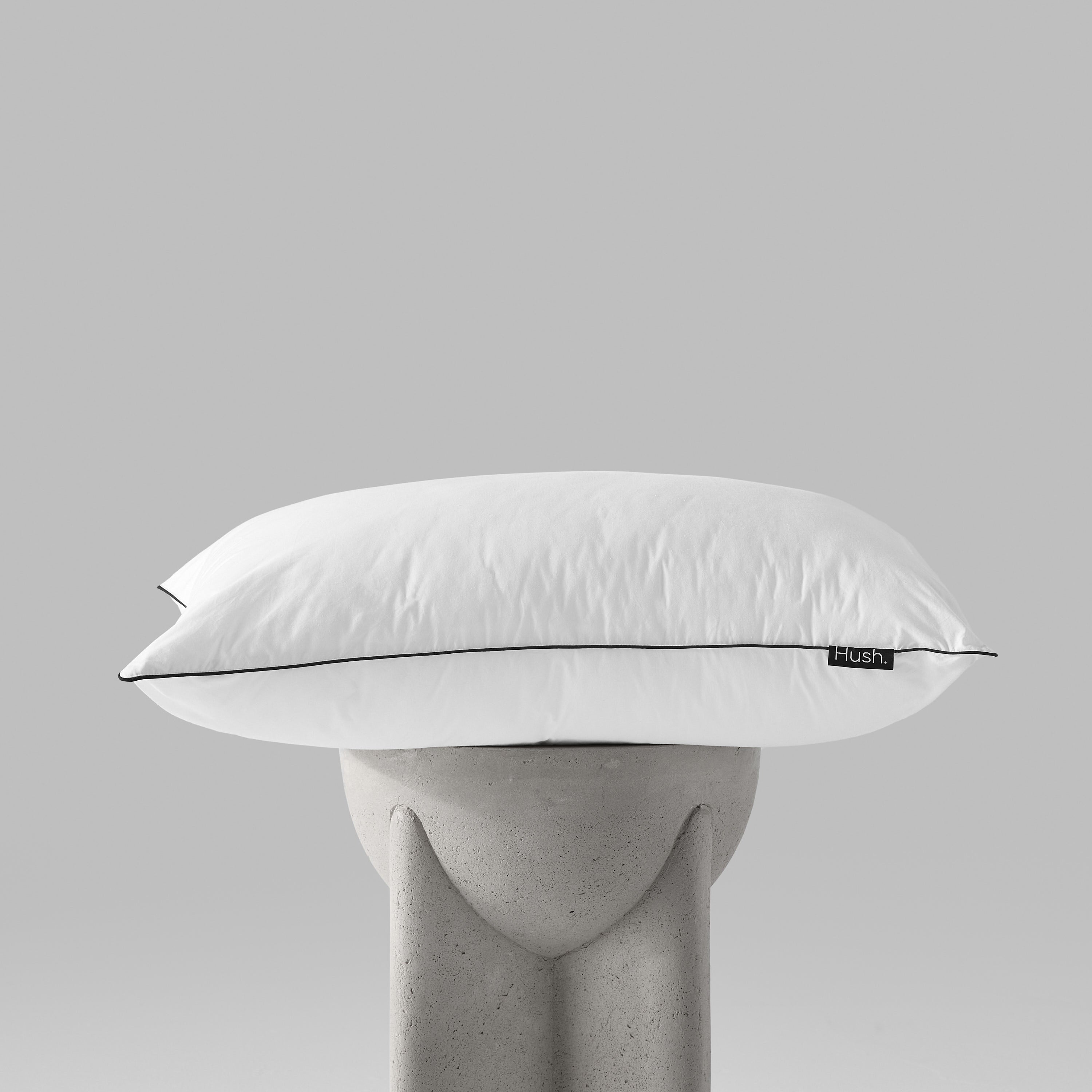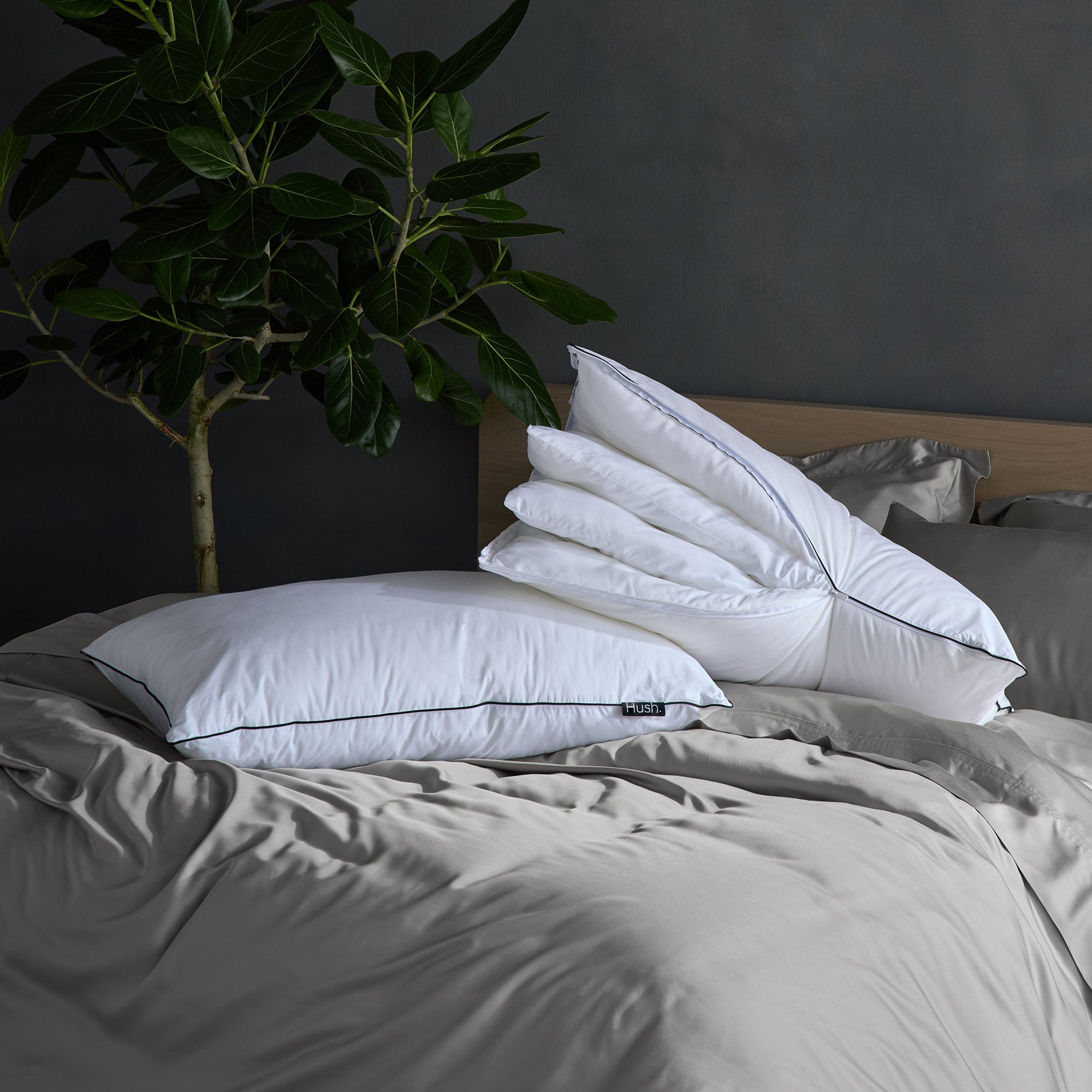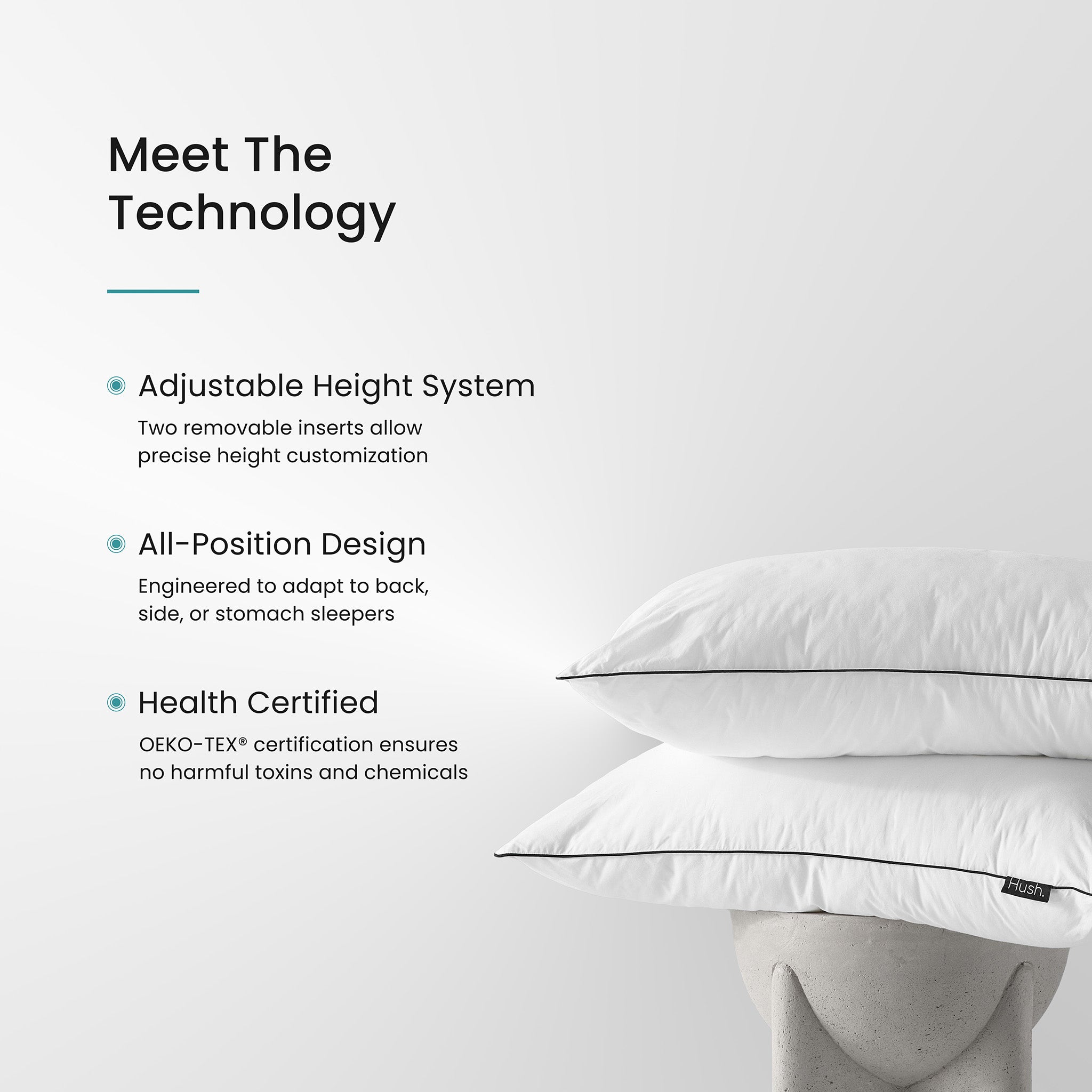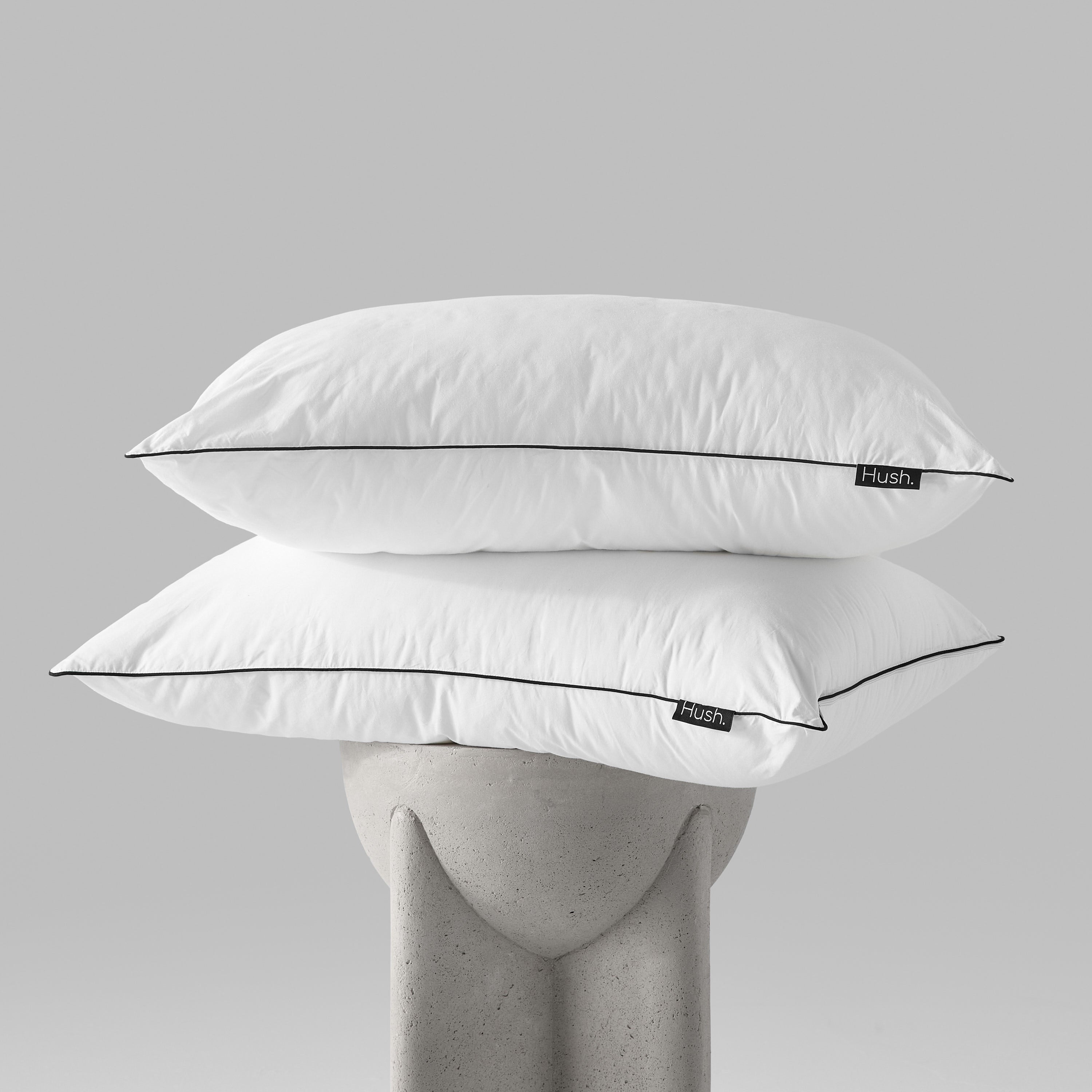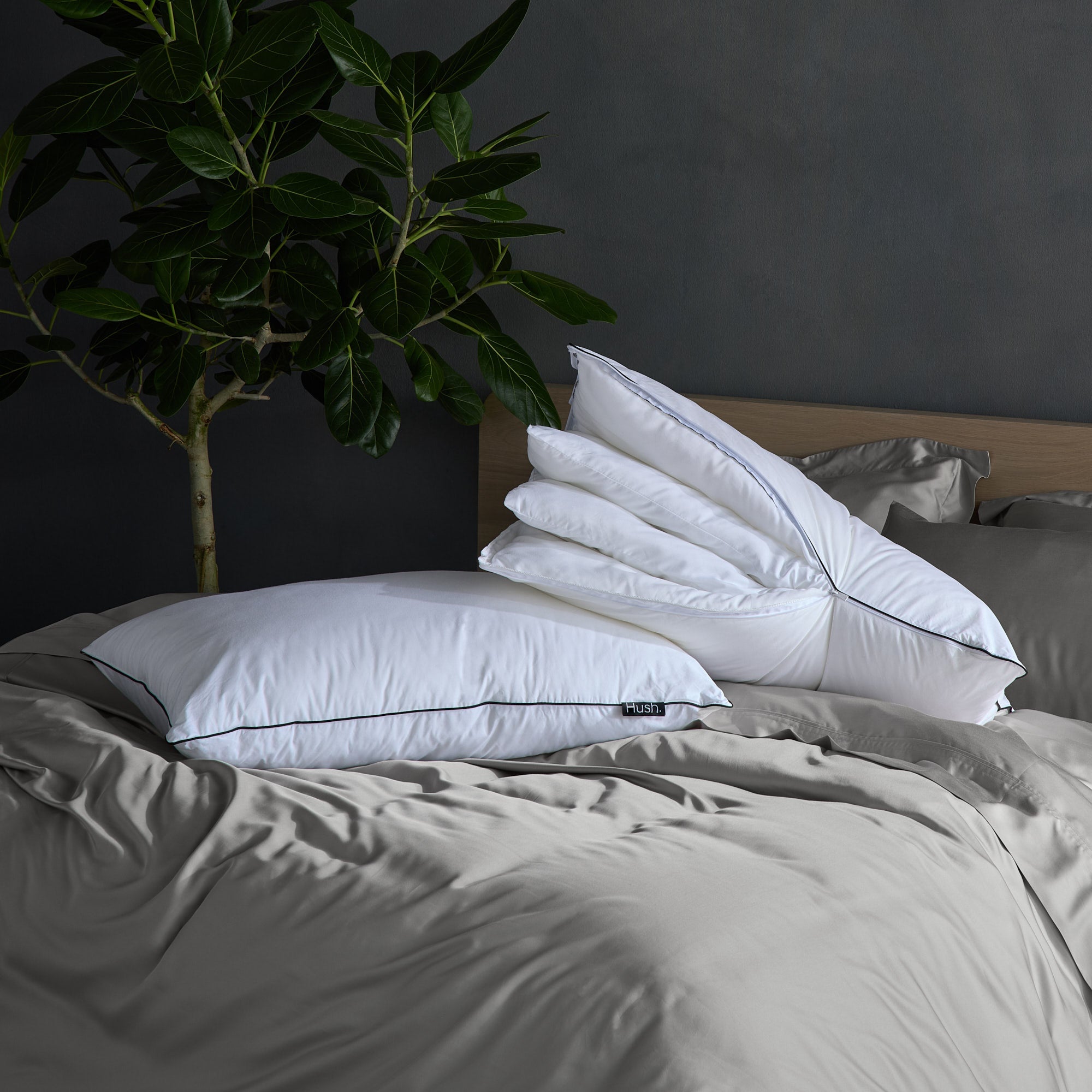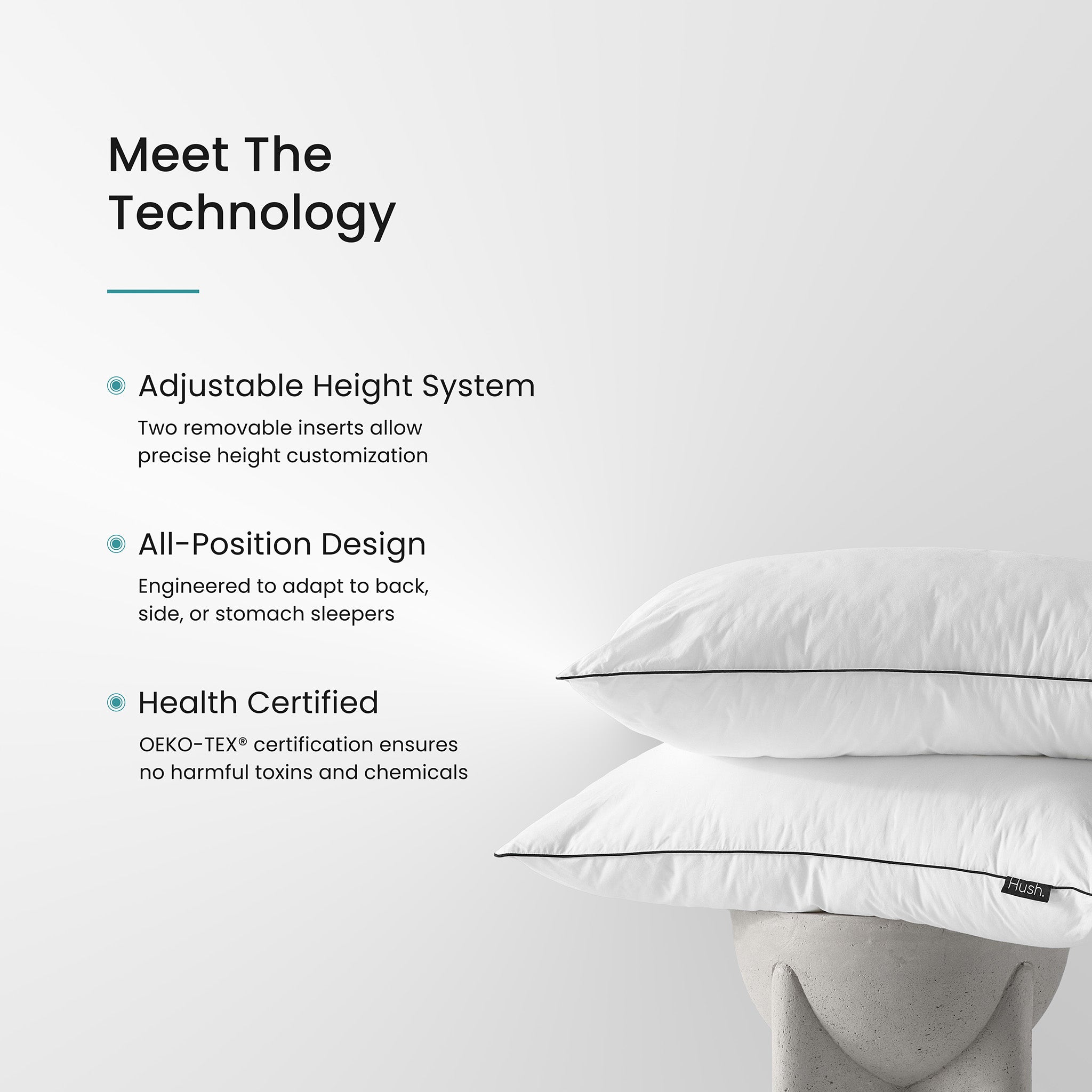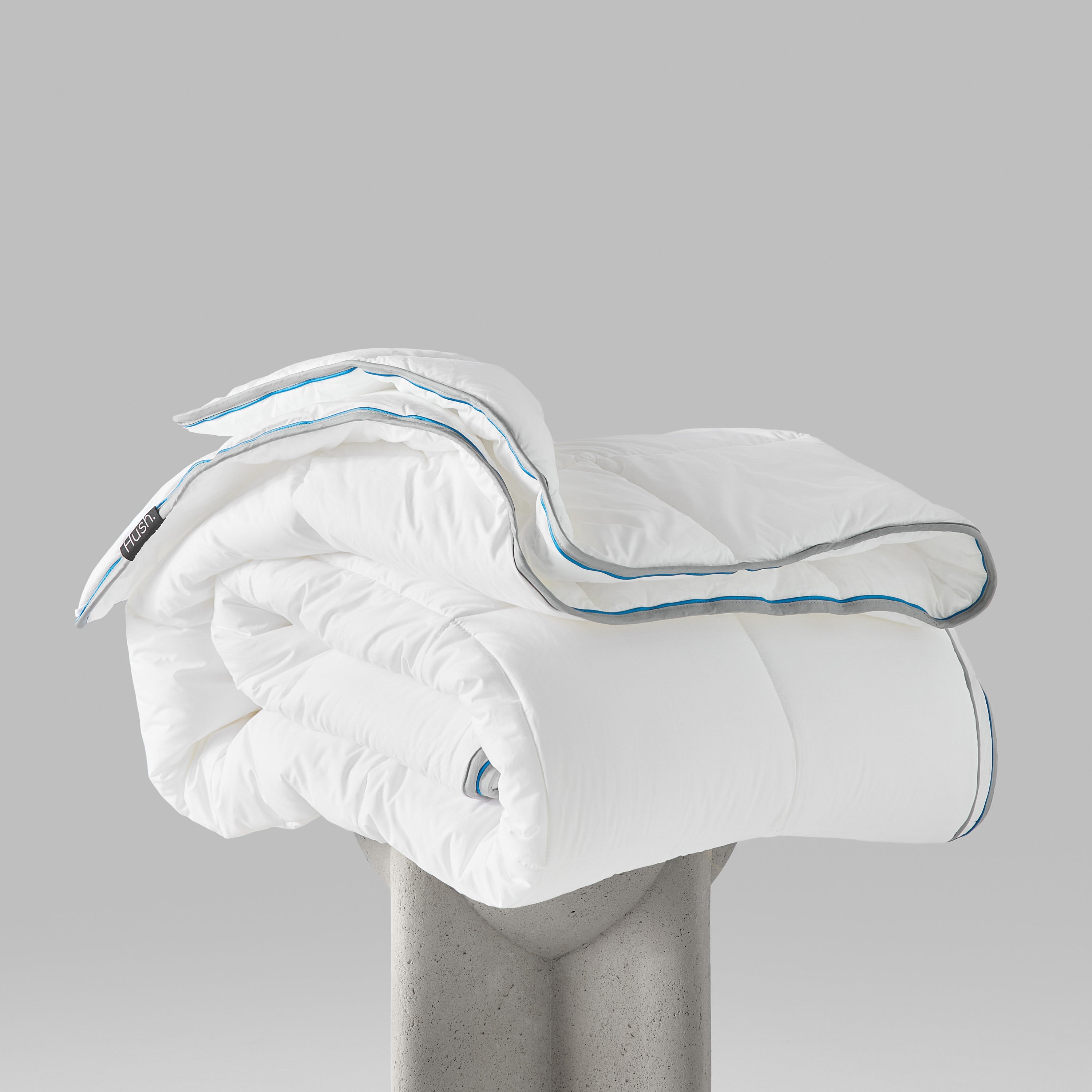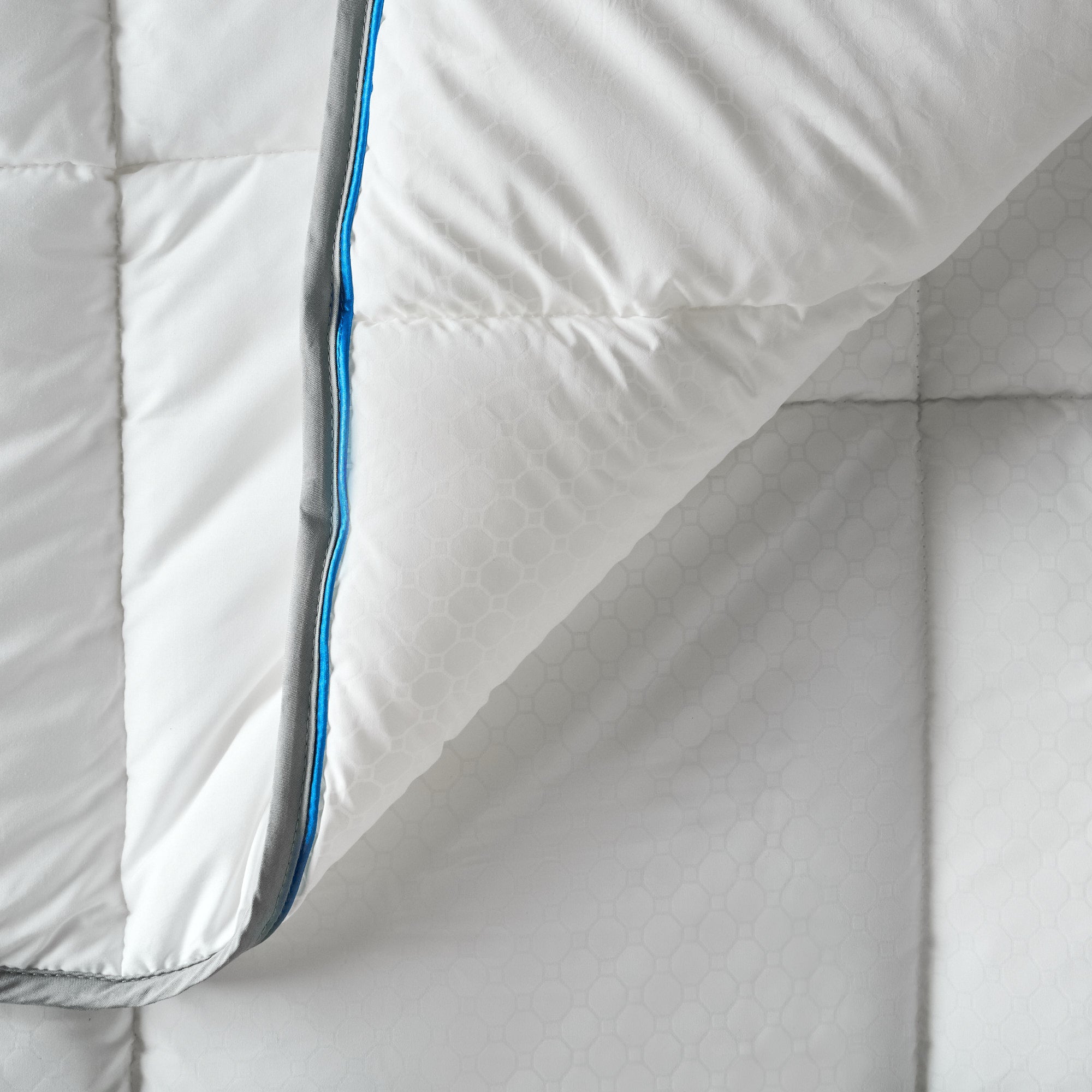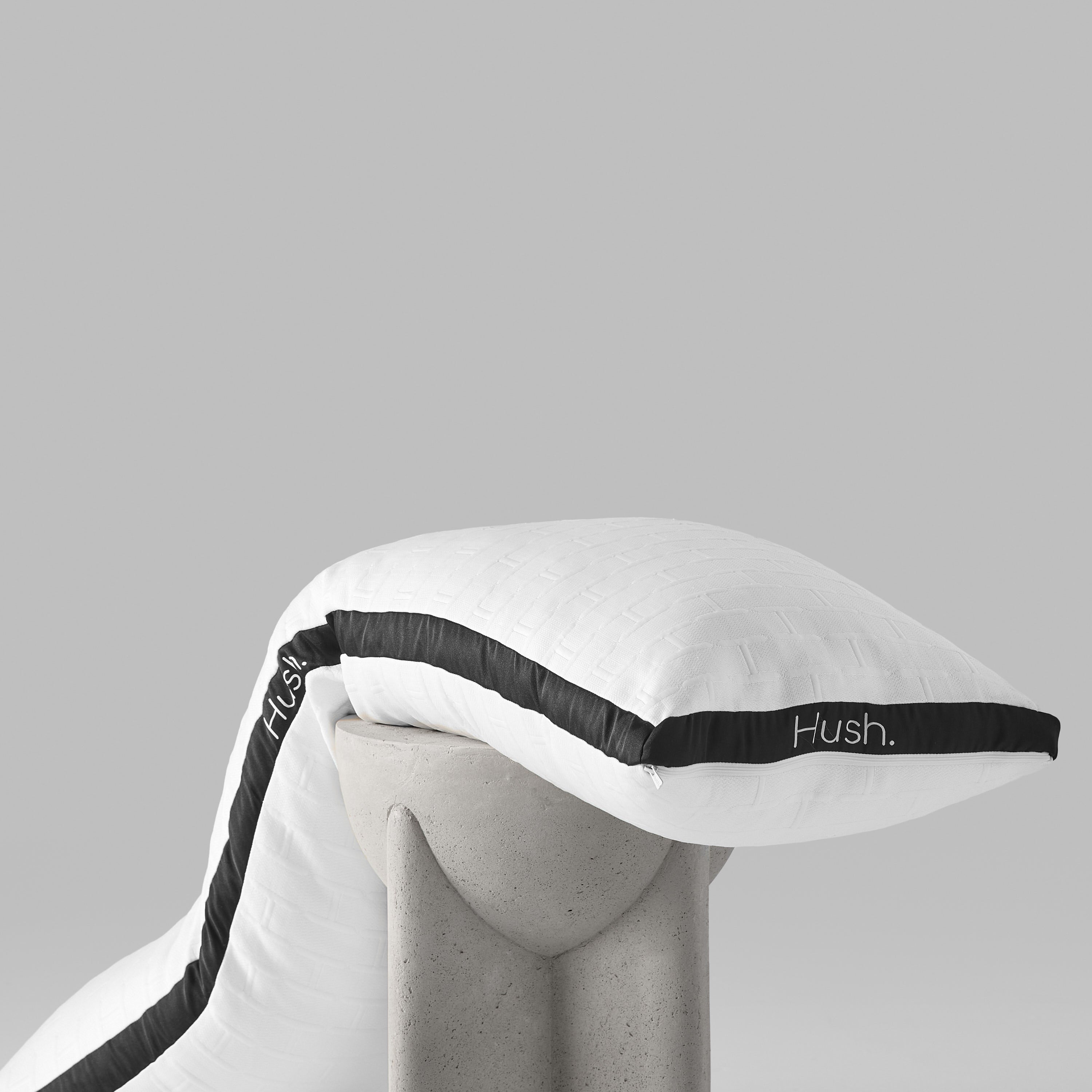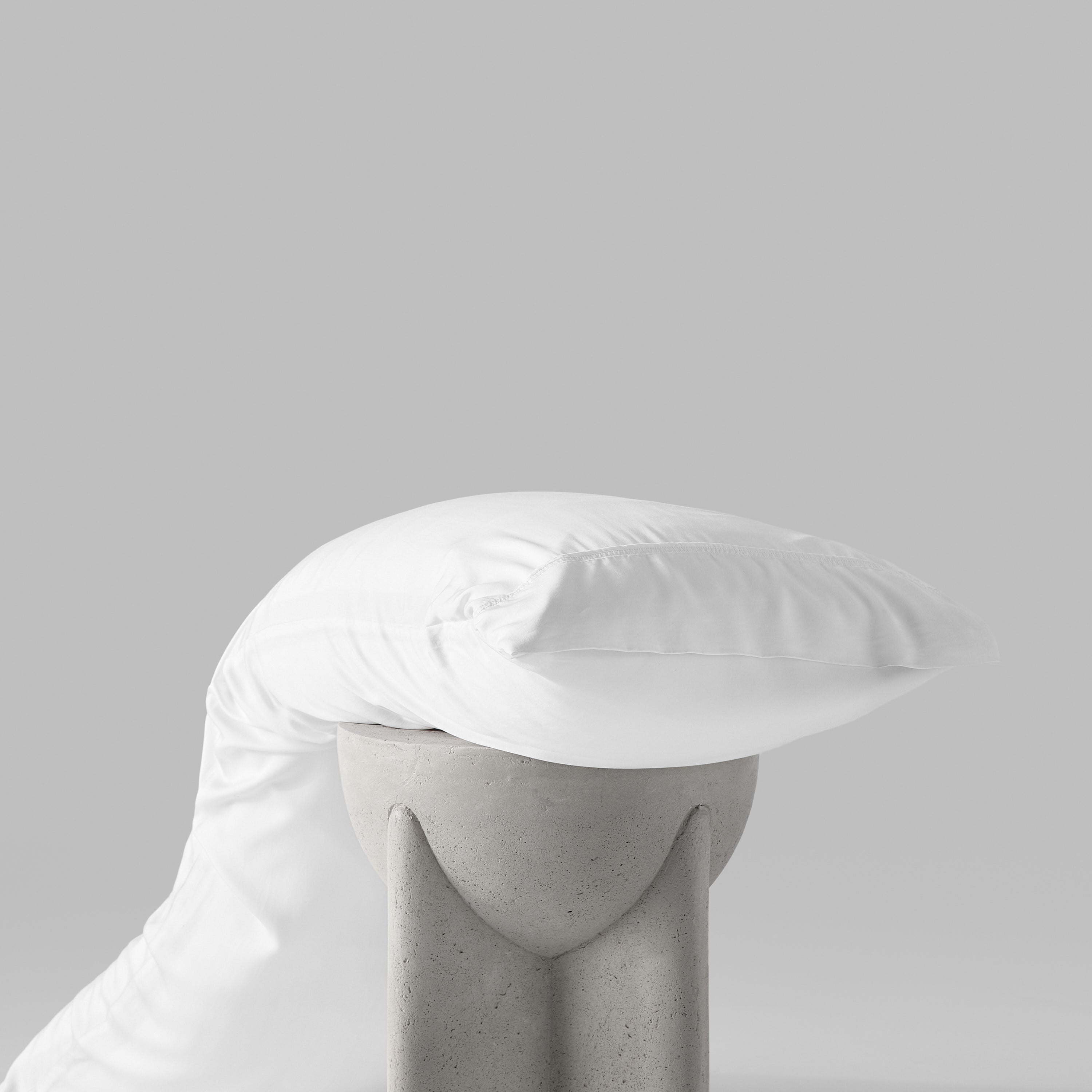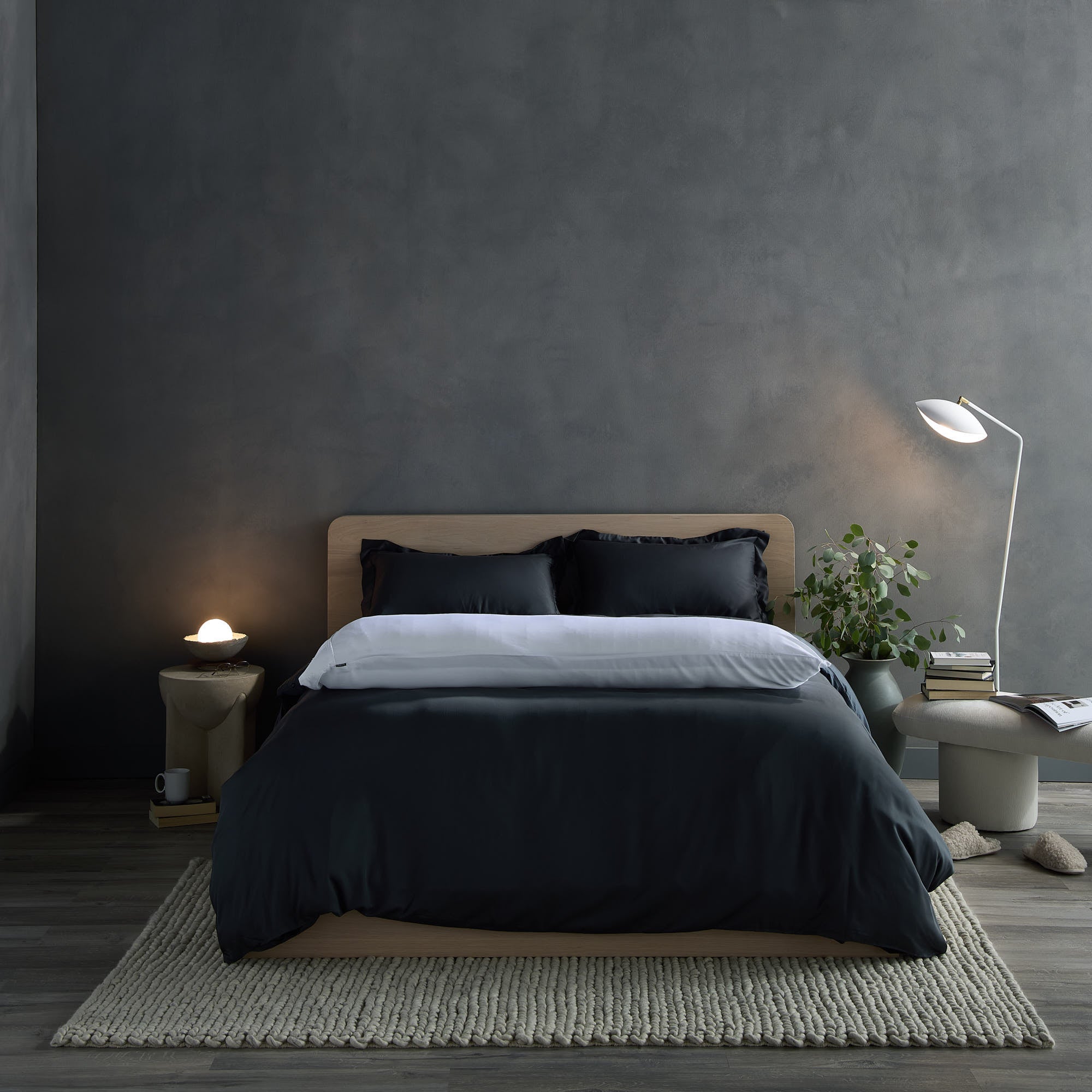
The overwhelming urge to move your legs associated with restless legs syndrome, also known as RLS, can make your daily routine hard enough as is. But it can be even harder to deal with at night, when your restless legs keep you from being able to relax and fall asleep. Fortunately, a weighted blanket for restless legs can calm your symptoms and help you sleep better. Here’s what you should know.
What Is Restless Legs Syndrome?

Simply put, RLS is a nervous system disorder that creates an irresistible urge to move your legs. RLS also causes an unpleasant crawling or creeping sensation in the feet, calves, and thighs. Interestingly, RLS is classified as both a nervous system disorder and a sleep disorder because it often causes severe sleep deprivation and disruption.
RLS affects up to 10% of the US population. While this disorder affects both genders, women are more likely to experience restless leg syndrome.
How RLS impacts a person’s day-to-day life differs on a case-by-case basis. Some people experience symptoms of RLS only occasionally, while others encounter them every day. Generally speaking, folks who are most severely affected tend to be middle-aged or older.
As a rule of thumb, most people with RLS find that their symptoms get worse in the evening and at night, keeping them from getting restful sleep.
Other than having an irresistible urge to move their legs, people with RLS may also experience Periodic Limb Movements in Sleep (PLMS), which refers to when your legs and arms jerk involuntarily while you’re asleep.
Primary vs. Secondary Restless Leg Syndrome

RLS falls into two different categories — primary and secondary.
In the vast majority of RLS cases, doctors are unable to identify any factors causing the condition. These cases are termed as primary (or idiopathic) RLS.
Secondary RLS, on the other hand, deals with RLS that occurs as a result of another health condition. More specifically, secondary RLS might occur in those who:
- Are anemic and have an iron deficiency
- Have a long-term health condition such as fibromyalgia, kidney disease, or diabetes
- Are pregnant
In these cases, RLS usually disappears if or when the condition improves.
For instance, if someone starts consuming more iron in their diet and successfully reverses their iron deficiency, their RLS will likely disappear. The same goes for pregnant women — once these women give birth, their RLS will typically stop on its own.
It's also worth noting that some triggers can make symptoms of RLS worse. These include:
- Certain antidepressants, antipsychotics, and antihistamines
- Excessive smoking
- Excessive intake of caffeine or alcohol
- Being overweight or obese
- High levels of stress
- Lack of regular exercising
Why Does Primary Restless Legs Syndrome Happen?

As mentioned, in the vast majority of cases, researchers are still unable to identify the root cause of RLS.
All we know for now is that:
- RLS tends to run in families, and
- It may have something to do with how your body handles dopamine.
Research shows that there are specific genes related to RLS, and these genes often run in families. For those with a family history of the disorder, their own symptoms tend to occur before the age of 40.
Researchers are also exploring the idea that RLS is closely intertwined with a part of the brain called the basal ganglia.
Let’s break it down: The basal ganglia are a set of brain structures at the base of the forebrain and top of the midbrain. These structures use a neurotransmitter called dopamine to help control muscle activity and movement.
Here, dopamine acts as a messenger. It ensures that your brain and nervous system are on the same page and helps your brain regulate and coordinate movement. The problem arises if your nerve cells somehow get damaged. When this happens, the level of dopamine in your brain will fall, resulting in muscle spasms and involuntary movements.
Because our dopamine levels also naturally decrease towards the end of the day, those with RLS tend to experience more severe symptoms at night.
How to Treat Restless Legs Syndrome

For those with secondary RLS, treating your condition involves making lifestyle changes. If possible, treating the underlying condition that is causing your RLS should hopefully resolve the disorder.
But if you’re suffering from a case of primary RLS, this makes things more complicated.
Treating RLS Without Medication
You don’t necessarily have to get a prescription to alleviate RLS symptoms. Here are some at-home remedies for RLS:
Treating RLS With Medication
There are several types of medications that may help with RLS.
For example, your doctor might prescribe you medication that increases the level of dopamine in your brain. These medications include ropinirole (Requip), rotigotine (Neupro), and pramipexole (Mirapex). Medication that affects calcium channels, including gabapentin (Neurontin), gabapentin enacarbil (Horizant), and pregabalin (Lyrica) can also give relief to some individuals with RLS.
While opioids like OxyContin or Percocet can help with RLS, they can be highly addictive. Most healthcare providers avoid prescribing them.
Finally, if your RLS is severely disrupting your sleep, your doctor might prescribe muscle relaxants and sleep medications such as clonazepam (Klonopin). While they don’t eliminate all your RLS sensations, they may help you sleep better at night.
One important thing to keep in mind: Treating RLS with medication is a complex, time-consuming process. It will typically take several trials for your doctor to find the ideal medication (or combination of medications) for your situation.
Also, many of these medications come with their own side effects. For instance, after consuming medication that increases dopamine in the brain, many patients report symptoms such as nausea, lightheadedness, and fatigue.
Using a Weighted Blanket for Restless Legs Syndrome

Weighted blankets are essentially heavy blankets that are weighted with fillers such as glass beads or plastic pellets. Weighted blankets come in a variety of weights and sizes, though for best results, choose one that’s approximately 10% of your body weight.
Weighted blankets can provide a wide range of benefits, including:
- Reducing stress
- Reducing anxiety
- Improving sleep quality
- Increasing sleep duration
These weighted blankets can offer these benefits because they provide a form of deep touch pressure therapy (DPT) to their users.
Here’s how DPT works: The extra weight of the blanket applies a gentle pressure that activates “feel good” hormones such as dopamine and serotonin (which are often lower in individuals with restless legs syndrome. These hormones go on to counteract cortisol (the "stress hormone") in your body so you can relax more effectively.
A weighted blanket for restless legs helps calm your body, so you'll be less likely to experience the movements and uncomfortable sensations associated with RLS. Weighted blankets also indirectly alleviate your symptoms by helping you relax and fall asleep. Since the majority of RLS patients also suffer from sleep deprivation, addressing this particular complication can vastly improve their overall well-being.
At this point, you might be wondering… is DPT legitimate? How do I know if it’s actually a thing?
Now, while DPT has only gotten popular among mainstream consumers recently, it’s actually been used as a therapy tool for decades, particularly helpful for children with autism.
A study published in the journal Occupational Therapy in Mental Health shows that weighted blankets have a calming and relaxing effect on adults. In another study published in the Journal of the Formosan Medical Association, researchers found that study participants who wore a weighted blanket during wisdom tooth extraction showed enhanced activity in the branch of the nervous system that “takes over in times of low stress."
Here’s a personal anecdote from an RLS patient who uses a weighted blanket to help with symptoms:

As this example reveals, a quality weighted blanket can have a real, immediate impact that will help you relax and sleep better.
How a Weighted Blanket for RLS Can Help

To make things clear, there’s no one-size-fits-all solution when it comes to RLS. A weighted blanket is NOT a magic bullet and is by no means guaranteed to help with RLS.
If there’s even the slightest chance that a weighted blanket can help to alleviate your RLS symptoms, we say, take it. We have customers from all walks of life, including those with autism, ADHD, and fibromyalgia, who keep raving about how our weighted blankets have changed their lives.
If you want to give a weighted blanket for restless legs a shot, hop on over to Hush Blankets and take your pick.
All Hush Blankets come with a 100-night guarantee, which means that you get to try out a weighted blanket with zero risk. If the weighted blanket doesn’t meet your expectations, just return the blanket to us and we’ll process a full refund for you.
Here’s hoping that a weighted blanket will provide the relief from RLS that you deserve.




